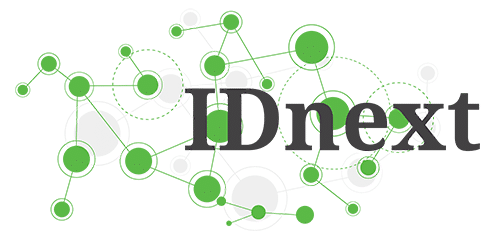It’s becoming a cliché to say that the future of finance is digital. But there is no doubt that the digital transformation of financial services that we have experienced over the last few years has been profound. Technological innovation in finance is far from new. But investment in new technologies has increased substantially in recent years, and the pace of innovation shows little sign of slowing. Customers now routinely interact with their banks using mobile technology, which would have been unthinkable even a few years ago. The COVID-19 pandemic has, of course, accelerated this trend. Technology has much more to offer consumers and businesses, and we should proactively embrace digital transformation while mitigating potential risks.
The future is digital
Two key initiatives in relation to digital finance are open banking and open finance. Open banking is the practice of enabling secure interoperability in the banking industry by allowing third-party payment service providers and other financial-services providers to access banking transactions and other data held by banks and financial institutions. The European Union (EU) has been one of the pioneers in the field of open banking, and the key initiative in driving our approach was the revised Payment Services Directive (PSD2). The PSD2 has been in force for several years and was one of the first regulatory initiatives in the world to open up bank-held account data securely and subject to customer consent.
Open finance builds on our experience of open banking under the PSD2 but significantly expands the frontier beyond banks’ current accounts. Open finance will enable data sharing and third-party access for a wide range of financial sectors and products, in line with data-protection and consumer-protection rules. To borrow the title of a recent article in Forbes, “Open finance is what open banking wants to be when it grows up”!
You can read the full article here.







